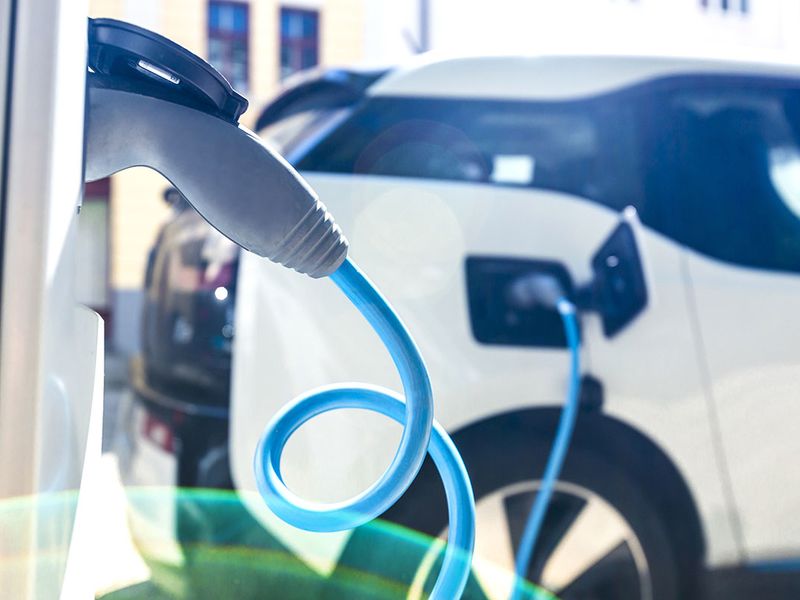
Several states are reducing barriers to the adoption of electric vehicles by planning for charging infrastructure, offering vehicle-purchase incentives and setting lower electric rates during preferred charging times, according to a report issued Wednesday by the American Council for an Energy-Efficient Economy.
California is the nation’s leader in enabling the use of EVs, earning 91 out of 100 possible points, according to the nonpartisan group’s State Transportation Electrification Scorecard.
By 2035, California — the nation’s largest auto market and the world’s fifth-largest economy — will require all new passenger cars and trucks sold in the state be zero-emission vehicles in an effort to transition away from fossil fuels and reduce greenhouse gas emissions, Gov. Gavin Newsom said in September.
According to the council’s report, California is the only state to set deadlines for electrifying transit buses, heavy trucks and commercial vehicles. It also has taken steps to offer assistance to lower-income drivers who are replacing less-efficient vehicles with near-zero or zero-emission ones and plans to build EV chargers in “economically distressed and environmental justice communities.”
New York ranked second (63.5 points), followed by Washington, D.C. (59), Maryland (56), Massachusetts (54.5), Washington (54), Vermont (54), Colorado (48), Oregon (47) and New Jersey (44). Twenty states earned 15 points or fewer, the report found.
States were evaluated on their actions in the following policy areas: EV and EV-charging infrastructure planning and goal setting; incentives for vehicle deployment; transportation system efficiency; electricity grid optimization; EV equity; and transportation electrification outcomes.
EVs account for only about 2 percent of the U.S. market. While many states in the top 30 have taken steps to support electrification, “all have considerable room to improve their policies,” the council said.
“Transitioning to electric vehicles is vital for the climate and for reducing costs for households and businesses,” Bryan Howard, the council’s state policy director and lead author of the report, said in a statement. “The leading states are embracing this transition, but many more are just starting, even as the automakers are preparing a burst of new electric models.”
The council identified three policies that are likely to have the greatest impact on speeding the adoption of EVs: ZEV mandates and EV deployment targets; financial incentives for EV purchases; and incentives for installing EV chargers.
The council’s report comes after President Joe Biden signed an executive order last week directing federal agencies to procure “carbon pollution-free electricity” and ZEVs, such as electric, to create “good-paying union jobs” and encourage clean energy industries.
Biden is likely to drop the previous administration’s effort to block California from setting its own emissions standards and establish tougher fuel-efficiency rules that promote ZEVs — two actions that could aid his $2 trillion “Build Back Better” agenda, which includes the installation of 500,000 charging stations nationwide.
General Motors last week said it plans to stop selling gasoline-powered vehicles worldwide by 2035 as it works toward a goal of becoming carbon-neutral by 2040.
Meanwhile, the Alliance for Automotive Innovation — the industry’s leading lobbying group, which represents most major automakers in the U.S. as well as some suppliers and tech companies — has vowed to work with Biden and his team on “shared goals of reducing emissions and realizing the benefits of an electric future.”